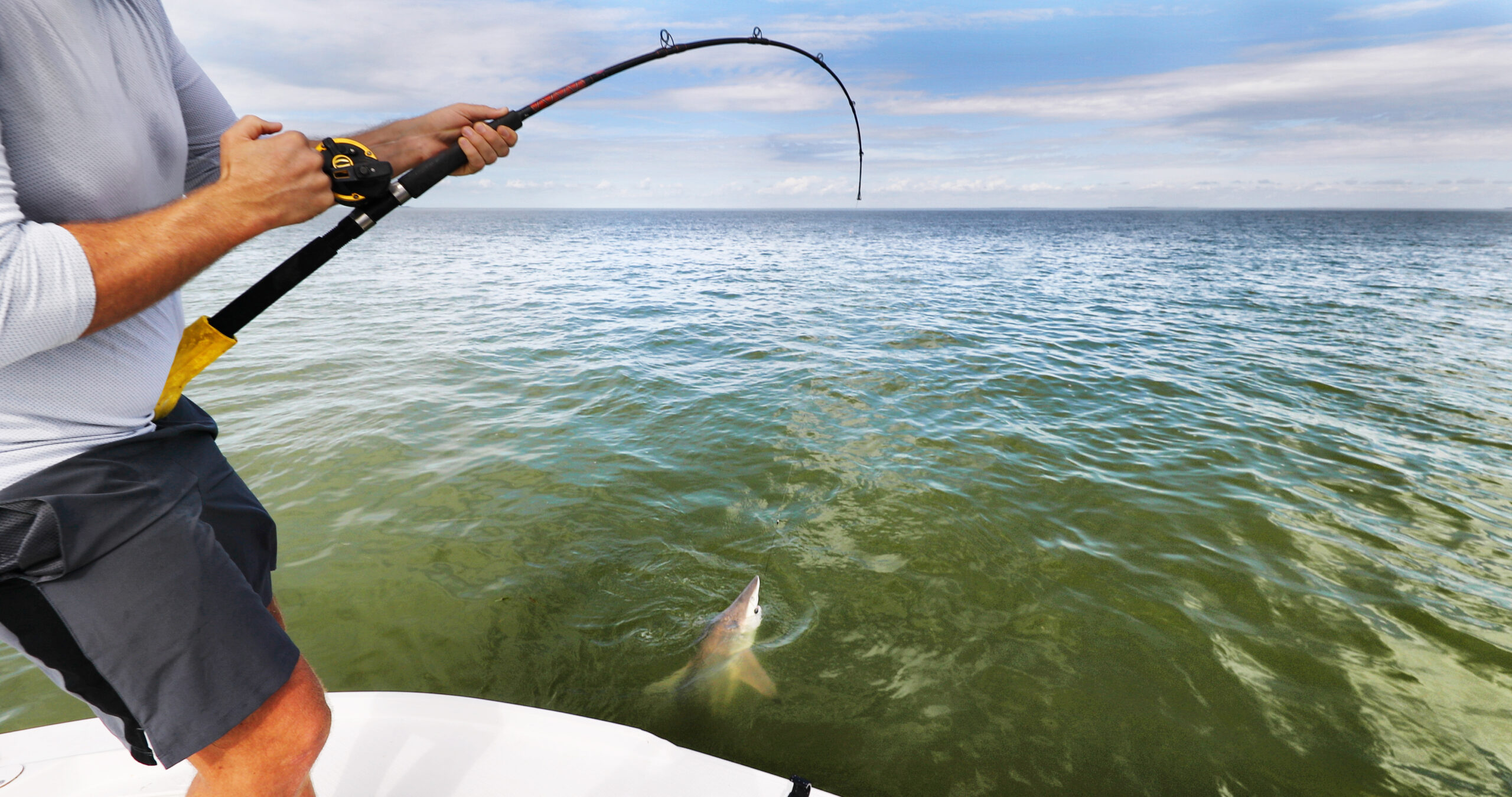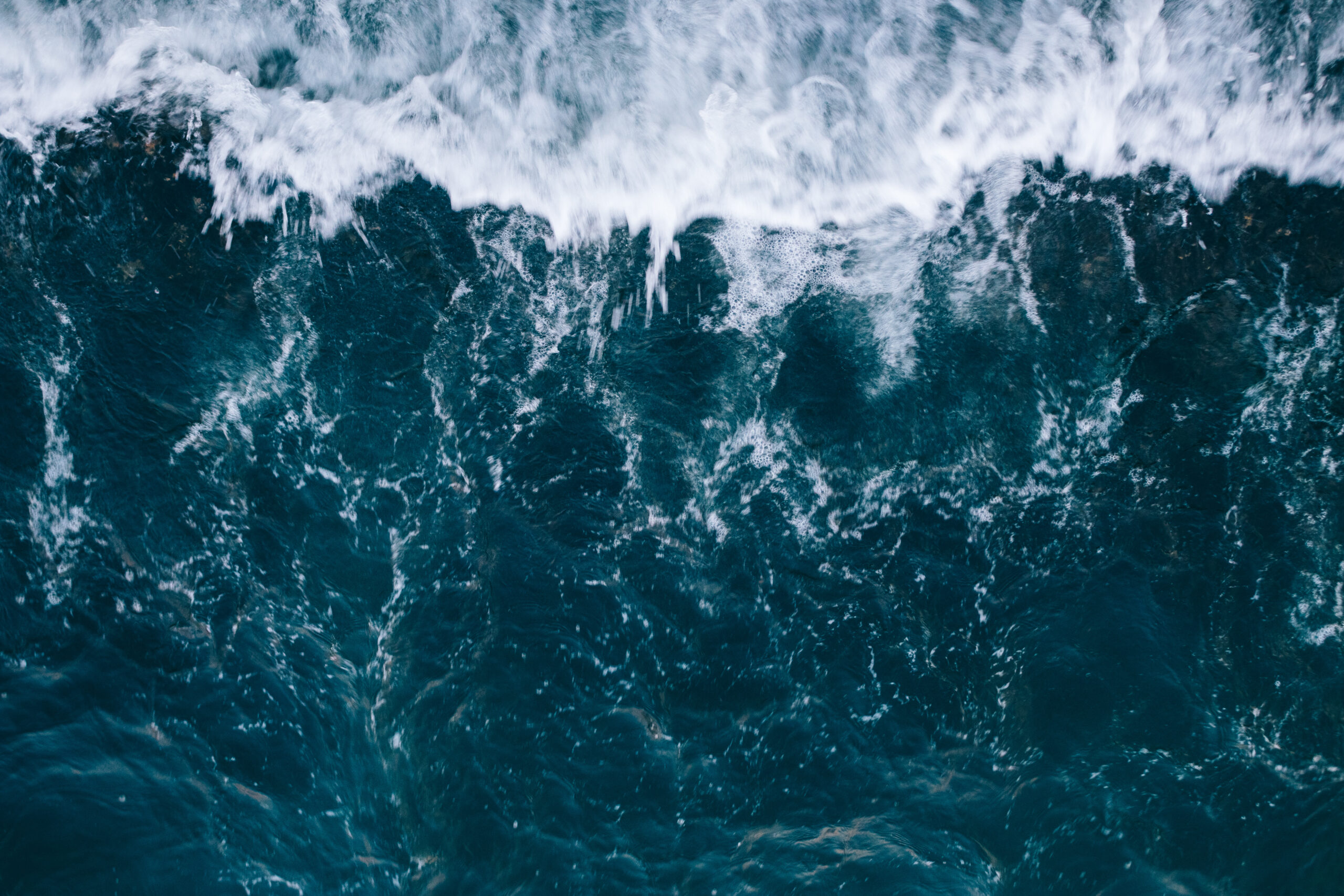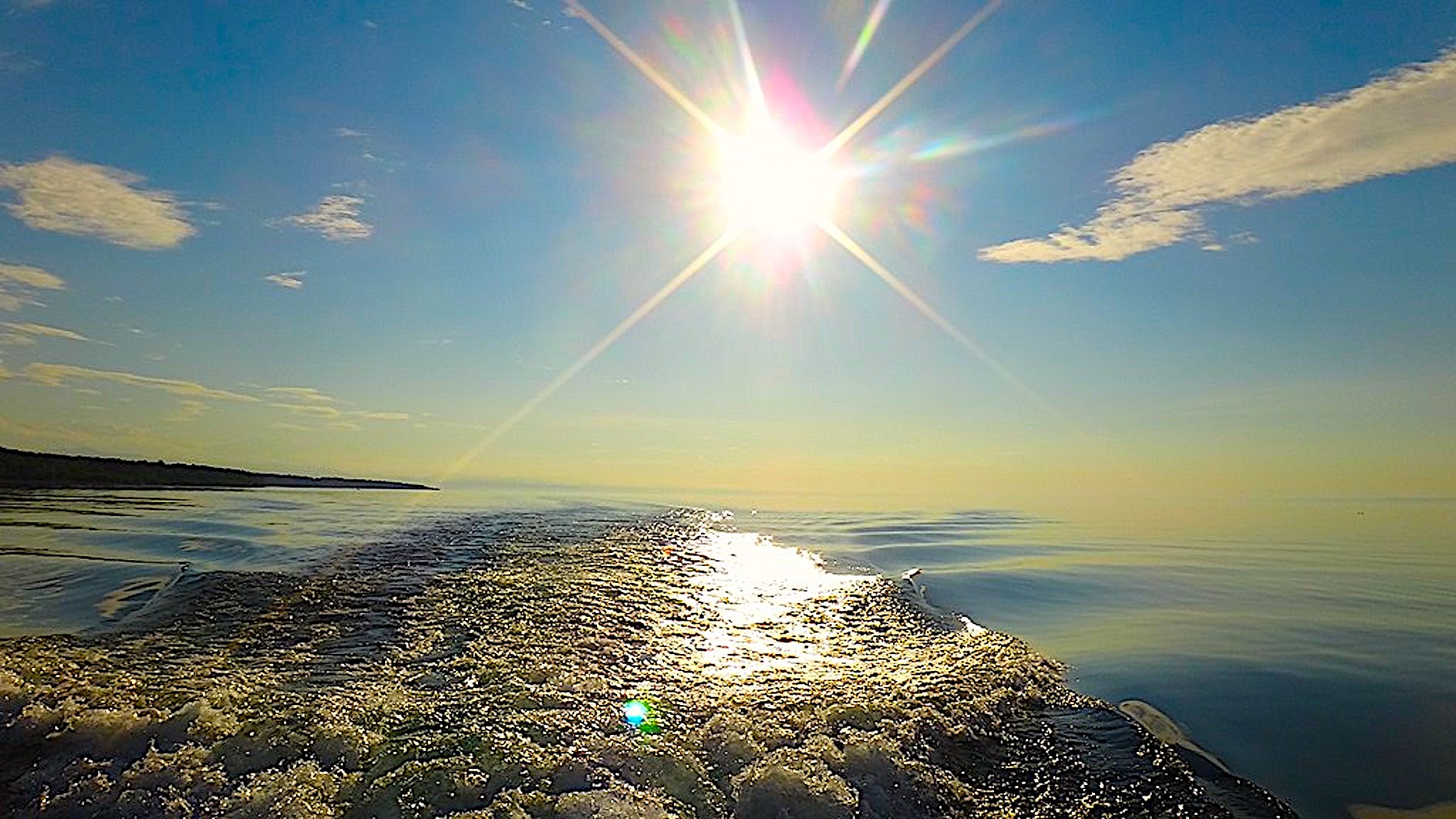LOCAL CATCH: The Reel World: Kids Ask a Fisherman About His Career

Outer Banks native Dewey Hemilright always knew he would not have a 9-to-5 desk job. Growing up, he held many positions that involved outdoor physical activity.
“In the summer time, I worked in restaurants, and in the winter time, I worked in a fish house,” Hemilright says. “I just love being outside.”
But he managed to get his boot in the door of commercial fishing. “As boats would come in, I got to meet folks and one winter, I took off and went to Ocean City, Maryland, to start fishing — lobster, tuna and swordfish fishing,” he continues. “I have been doing it ever since.”
After returning to the Outer Banks, Hemilright began working for other fishermen on their boats. Soon after, he was given the opportunity to operate someone’s vessel.
“Since 1993, I have always run the same boat, the Tar Baby,” Hemilright explains. “I bought it about 10 years ago and people always say, ‘Good for you, you bought your own boat.’ And I say, ‘Yeah, but I had more money when I didn’t own it!’ “
Hemilright fishes up to 100 miles offshore in the Atlantic Ocean from Wilmington, N.C., to Ocean City, Md. His target species include yellowfin tuna, swordfish, mahimahi or dolphinfish, blueline tilefish, croaker, bluefish, seatrout, grey trout, spiny dogfish, smooth dogfish, bluefin tuna and menhaden.

Hemilright also has been involved in several research projects funded by the N.C. Fishery Resource Grant Program and the National Oceanic and Atmospheric Administration’s Bycatch Reduction of Marine Mammals in Mid-Atlantic Fisheries program. Both are administered by North Carolina Sea Grant.
He currently is active in many other programs, such as Outer Banks Catch, Provider Pals and the N.C. Coastal Federation.
“I am involved in going to schools in North Carolina, on the coast, and telling students about the day in the life of a fisherman,” explains Hemilright, referring to his work with the Coastal Federation. “If we don’t have clean water, clean estuaries and clean wetlands, then we don’t have seafood.”
Through Provider Pals, Hemilright gives presentations to grade-school students across the country. “I tell them about what I do and the different things we as fishermen go through to get the seafood to them,” he says. This educational program “puts natural resource providers in front of urban individuals to teach them where their resources come from,” he adds.
Based on his work with youths, Coastwatch asked Hemilright to field questions from six curious children from Mooresville, in the Lake Norman area near Charlotte. Aged 4 to 11, these youngsters sent questions to Hemilright — with topics ranging from bycatch reduction to the color of his boat.
TACKLE AND LINES
“How do you make sure to not harm other fish and animals?” asks Kali Morton, an 11-year-old aspiring marine biologist.
“There are different types of gear we use but if it’s regulatory discard — a species I can’t have or sell — we release them. There is going to be some bycatch mortality in fishing but you always try to minimize your interactions with other animals or marine mammals,” Hemilright explains.
Fishermen must follow numerous regulations and protocols such as the Marine Mammal Protection Act and the Endangered Species Act. However, not everything Hemilright catches is regulated, such as the lawn chair he snagged one day.
Kali also asks about specific gear, such as hooks. “When we are pelagic longline fishing, we are mandated to use certain circle hooks,” Hemilright continues. “The two types of circle hooks, 16/0 and 18/0, are used to reduce sea turtle interactions.” Any type of encounter with protected species, such as sea turtles, can be described as an interaction.
Seven-year-old Drew Dube is curious about how many fish Hemilright can catch in a net. Hemilright explains that it is dependent on the species he is targeting. “It could be anywhere from zero to a whole bunch.”
Both Kali and Drew want to know the type of bait Hemilright uses. He lists squid, menhaden, Atlantic mackerel, bluefish, artificial squid and spoons as things he uses to catch fish.
Ty Dube, Drew’s 4-year-old brother, is more specific. “Do you ever fish with pineapple? Because I caught a catfish once with pineapple.”
Hemilright cites a different tropical fruit experience. “I have never fished with pineapple before, but the Chiquita banana cargo ship has come by me when I have been out fishing.”
BOW TO STERN
Hemilright helped build Tar Baby, the 42-foot boat he now owns, out of a bare hull in 1993.
“The guy who used to own it also had a charter boat called the Tar Heel, for the University of North Carolina Tar Heels. So he decided to name the smaller boat the Tar Baby,” Hemilright explains.
Drew and Ty, who live in a recreational boating area, are interested in the outer appearance of the boat, as well as certain amenities. They ask about the color of the boat and the engine. Hemilright says that the boat is white, with a yellow Caterpillar engine.

Both boys ask Hemilright if he sleeps on board. Hemilright notes that it depends on the species he is fishing. “Sometimes you can stay out one to five days, depending on the time of year.”
Practical Ty asks, “Do you have a toilet on your boat?”
Hemilright chuckles. “No, I do not have a toilet. We just use a 5-gallon bucket and we make sure to not use the same bucket to wash our dishes!” he jokes.
Molly Morgan Johnson, a 6-year-old, is curious about Hemilright’s favorite place to fish.
“Since the majority of my fishing is done in the Atlantic Ocean, I like the Gulf Stream on a calm, full-moon night,” he says. “You get some pretty nights out there when the moon is full.”
Jake Johnson, Molly Morgan’s twin brother, asks about the biggest fish Hemilright has ever caught. That would be a 1,200-pound tiger shark. “We released him alive. He was probably 12 foot long!” Hemilright recalls.
Molly Morgan wants to know about his encounters with dolphins.
“You see dolphins quite often, the porpoises. When you’re coming up the channel, coming in from fishing, a lot of times when you’re going along at 10 miles an hour, they’ll be jumping right alongside the boat,” Hemilright says.
OUT ON THE WATER
Eight-year-old Caroline Johnson, older sister of Jake and Molly Morgan, wonders if Hemilright has ever been seasick. He admits that he had been when he first started fishing but it doesn’t happen anymore. “I was stubborn. I wasn’t going to give up fishing because of seasickness,” he explains.
Caroline also asks if Hemilright prefers to fish alone or with other people.
Hemilright notes that he has mates who work on the boat and fish with him. But sometimes his sailing companions aren’t human.
“One time when I went fishing by myself, I was going real slow out on the water and this kitten jumps up on the washboard, walks downthe railing and jumps overboard!” Hemilright exclaims.
“I was 30 miles offshore. I stopped, backed up and netted the kitten up,” he continues. “I don’t know too many cats that can say they went out fishing.”
Molly Morgan, an enthusiastic swimmer, asks if Hemilright likes to swim in the ocean.

“I do like to swim in the ocean,” he says, although it’s not always for fun. “I’ll be 50 miles offshore and have to dive overboard and go under the boat and check something.”
Drew is interested in the sequence of events that happens when Hemilright catches a fish.
“Once we catch the fish, we bring them aboard the boat. With the swordfish and tunas, we will clean and process them. After we clean a fish, we pack it in ice,” he explains.
“Then we come to the dock, unload catch onto the dock, and at the fish house they will sort the fish based on size and quality. They will then package them up, label them and ship them out to the markets in North Carolina and along the coast,” the fisherman adds.
“What is your favorite fish to eat?” Jake wants to know.
“That’s a hard question,” Hemilright admits. “I like everything really. We’re fortunate here in North Carolina to have the variety of species that we have. I like black sea bass, softshell crab, swordfish — just too many to list.”
Does he share his catch, Drew wants to know. Hemilright says, “I do share the fish with a lot of friends. I like to give fish away.”
Molly Morgan asks, “Have you ever seen a mermaid?”
Hemilright chuckles as he responds. “No, but once I thought I did. I have seen a full rainbow while out fishing though. I went to both ends of it and didn’t find a pot of gold, so I just kept on fishing.”
This article was published in the Summer 2013 issue of Coastwatch.
For contact information and reprint requests, visit ncseagrant.ncsu.edu/coastwatch/contact/.
- Categories:

